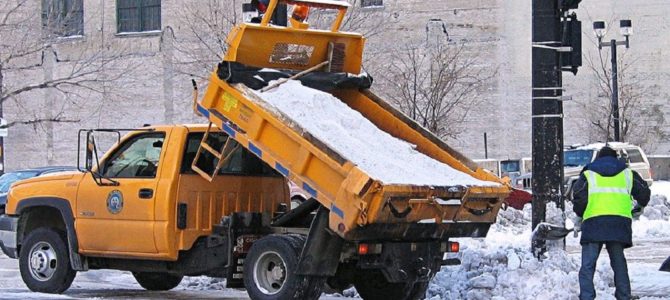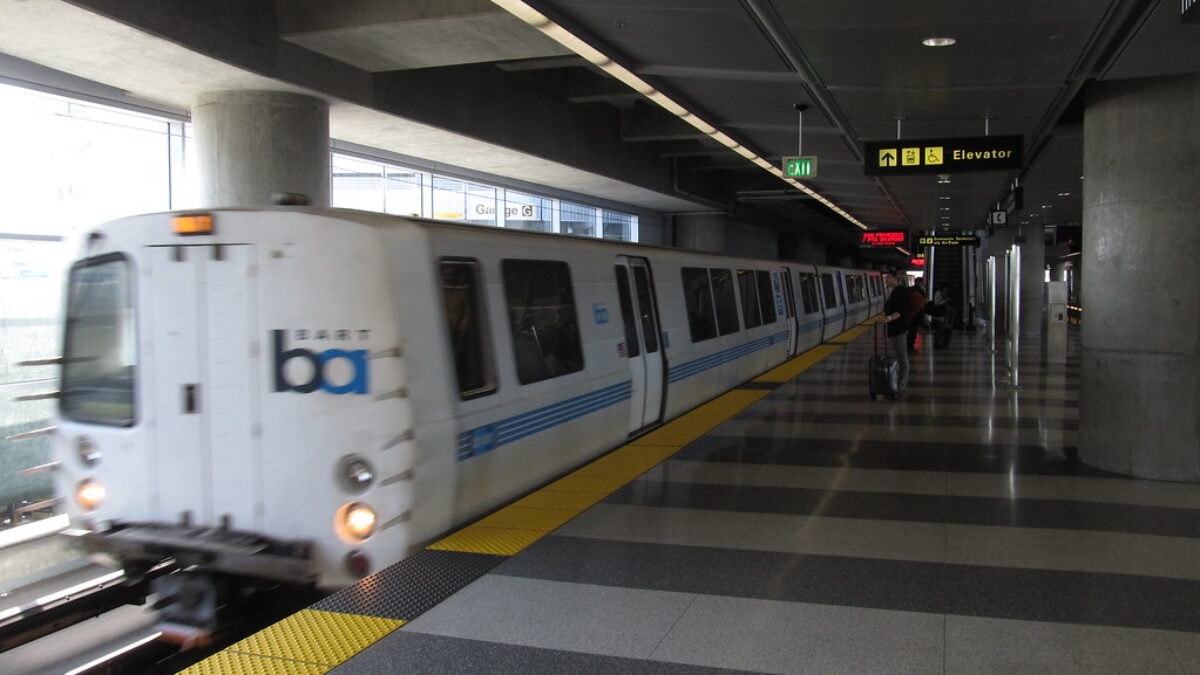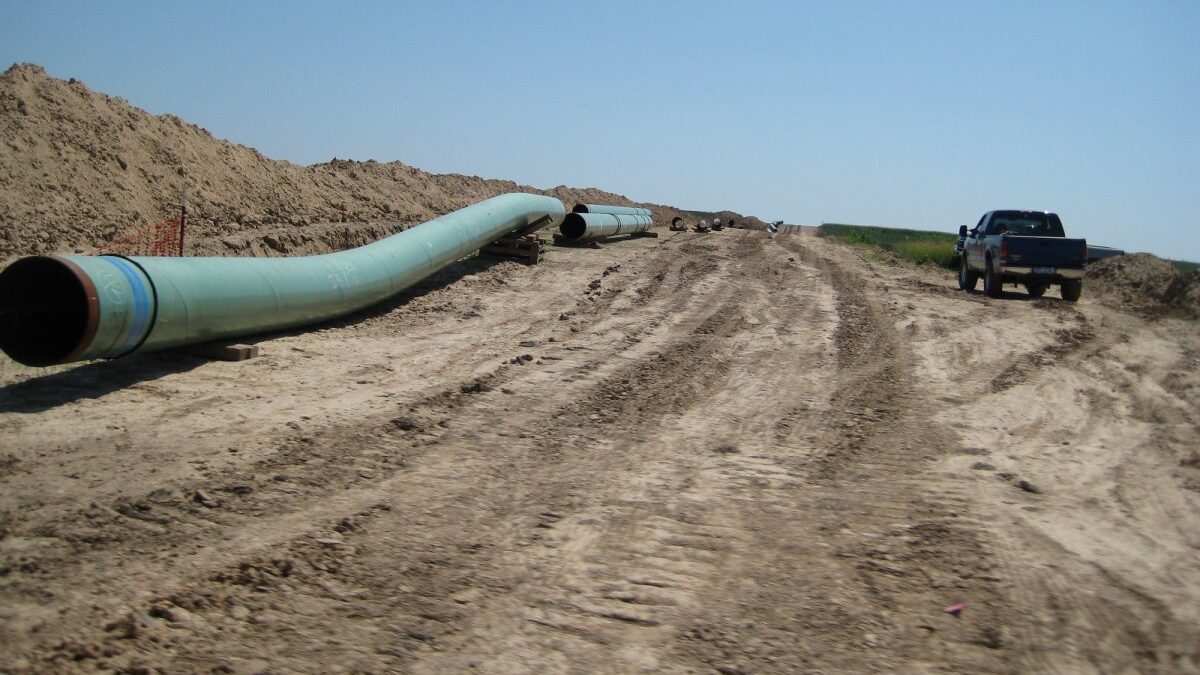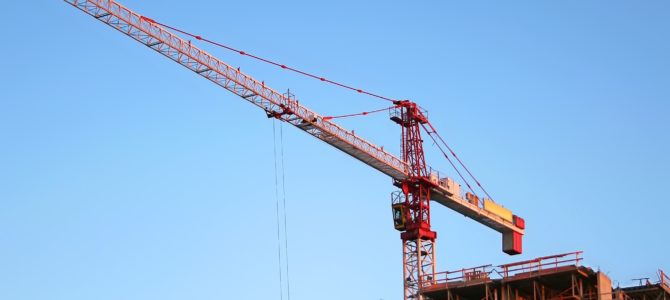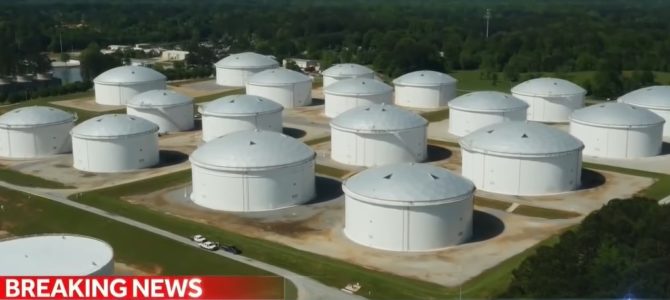Cold snaps and snow storms cause no end in headaches for drivers on their way to work, as even judicious down-shifting leads to a slip or two. Even so, motorists across the country take frequent road saltings for granted over the course of their many trips. But state and local lawmakers are no longer taking the mineral for granted, given a greater awareness of rising direct and indirect costs.
While road salt remains the cheapest game in town for keeping streets reasonably free of ice, the current price tag of $60 a ton has doubled over the past two decades. But the upfront cost is just the tip of the iceberg. Road salt has been implicated in a variety of health, infrastructure, and environmental harms, ranging from drinking water contamination to road erosion.
As infrastructure reform gears up, policymakers across the country should critically examine the patchwork of federal, state, and local “incentives” propping up the procurement of road salt.
Salt Costs Lots More than Its Sticker Price
On roads, bridges, and highways across the country, potholes and other inversions are all-too-familiar sight. Proposals abound for tackling America’s infrastructure repairs, but few address the role of road salt in destroying roads.
Around $5 billion in road corrosion each year can be attributed to salt-centric deicing strategies, due to the mineral’s tendency to eat into asphalt. Road salt also makes vehicles rust more rapidly, with yearly degradation costing $3 billion a year, according to AAA. Taking these figures at face value, the upfront cost of road salt comprises a small percentage of the total yearly toll. Considering that around 20 million tons of salt are applied to American roads each year at $60 a ton, procurement costs account for less than 15 percent of total yearly salt costs.
Despite the clear costs to health, safety, and ecosystem, state and local policymakers are reluctant to ditch the low upfront costs. Road salt’s low prices have a lot to do with supply fundamentals; most of the time, there’s lots of the stuff to go around. But the price is also low due to flawed government policies that subsidize road salt’s production and transportation.
Industrial tax credits, for instance, pad the operations of leading suppliers Morton and Cargill. Detroit Salt Company was able to circumvent Detroit’s anti-blight programs by misleadingly claiming that purchased property would be used as greenspace. Expensive federal ice-breaking efforts in the Great Lakes (relative to other regions) disproportionately benefit salt mining operations, which are heavily concentrated in Michigan and Ohio. These various forms of assistance likely amount to tens of billions of dollars.
Stop Reducing Incentives to Innovate Away from Salt
Due to subsidies, incomplete cost accounting, and low underlying prices, policymakers have few cost-effective alternatives to road salt. Municipalities have tried strange replacements, such as cheese brine and molasses, in deicing roads with fewer consequences. But these substitutes cost hundreds of dollars a ton (compared to $60 per ton for salt) and carry unintended consequences of their own.
Even if exotic stand-ins like cheese brine aren’t par for the course, road salt’s high indirect costs should be factored into decision-making. Lowell, Massachusetts, for instance, was able to reduce its road salt by 30 percent over three years by implementing electronic spreader controls in lieu of regular snow plow operations. Municipalities will never have enough of an incentive to implement these measures, however, if government cronyism continues unabated.
State officials should take a good, long look at their subsidization of leading salt miners, as well as regulatory favoritism. Additionally, the U.S. Department of Agriculture can reform their grant programs to discourage the acquisition of conventional snow plow fleet.
Such a large effort would entail coordination between multiple levels of government, and displease the leaders of a multi-billion-dollar industry. But infrastructure reform cannot be complete without changing the deicing practices of state and local governments. With a better thought-out process and a touch of creative planning, policymakers can provide more than a fleeting solution to wintery conditions.
